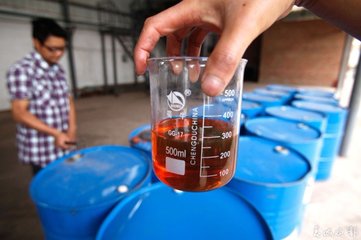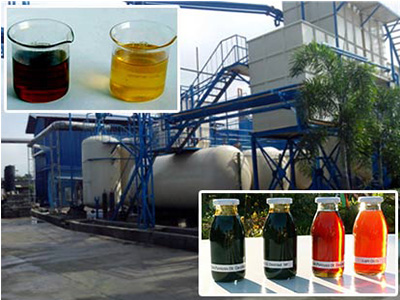Scientists at the University of Kent, UK, have developed a new technique for manipulating small cell structures for use in a range of applications, including the production of biofuels and vaccines. Key to the breakthrough are tiny bacterial cellular structures known as organelles, which the researchers redesigned and engineered so they can be more easily … Read More
biofuels
Opinion | Why biofuel as aviation fuel is a flight of the imagination
In a proud moment for the Indian aviation industry, a blend of biofuel and aviation turbine fuel (ATF) was used to propel a SpiceJet Bombardier Q-400 flight between Dehradun and Delhi. SpiceJet’s Chairman and Managing Director Ajay Singh said the 43-minute flight was a technological demonstration that bio jet fuel could be used in flights, and claimed … Read More
Background of Biodiesel Production from Microalgae
Finding new energy resources to compensate the decrease of the world petroleum reserves is an important challenge. The estimation of the world crude oil reserves is a difficult task because it is influenced by political, economic and technological factors (Pirog, 2005). The proven oil reserves represent the amount of petroleum that could be obtained from … Read More
Implications For Trade And Development
There exists today a significant demand in industrialized countries for biofuels, driven largely by regulatory mandates for blending of biofuels into petroleum fuels. This demand is likely to grow considerably in the years ahead, driven by increasingly ambitious regulatory mandates, sustained high oil prices, and energy security concerns. Biofuel demands in many developing countries will … Read More
Second-Generation Biochemical Biofuels
The fuel properties of second-generation ethanol or butanol are identical to those of the firstgeneration equivalents, but because the starting feedstock is lignocelluose, fundamentally different processing steps are involved in producing them. Second-generation biochemically-produced alcohol fuels are often referred to as “cellulosic ethanol” and “cellulosic biobutanol”. The basic steps for producing these include pre-treatment, saccharification, … Read More
Second-generation Biofuels
Second-generation biofuels share the feature of being produced from lignocellulosic biomass, enabling the use of lower-cost, non-edible feedstocks, thereby limiting direct food vs. Fuel competition. Second-generation biofuels can be further classified in terms of the process used to convert the biomass to fuel: biochemical or thermochemical. Second-generation ethanol or butanol would be made via biochemical … Read More
Biofuels Technology Roadmap
First generation biofuels technologies comprise mainly of fuel ethanol from crops such as corn and sugarcane and biodiesel from crops such as rapeseed and soy. Second generation processes are those that produce energyefficient biofuels that do not compete with the food chain for feedstocks. Secondgeneration processes convert lignocellulosic materials, including agricultural and forest residues such … Read More
First and Second Generation Biofuels
The first generation biofuels are those that are characterized by mature commercial markets and well understood technologies3. Some examples are sugarcane ethanol in Brazil, corn ethanol in the United States, oilseed rape biodiesel in Germany, and palm oil biodiesel in Malaysia. The development and use of first generation biofuels are encouraged by the desire to … Read More
Fuel-Related Characteristics of Plant Oils
There are a number of physical and chemical characteristics of plant oils that affect their suitability as fuels. These include the heating value, pour point, cloud point, flash point, iodine value, viscosity, density, and cetane number. The characteristics that directly affect the efficiency of the fuel and the performance of the engine are summarized in … Read More
Environmental and Social Impacts of Biofuels
The combustion of fossil fuels such as coal, oil and natural gas has been identified as a major cause of the increase in the concentration of carbon dioxide in the earth’s atmosphere. Carbon dioxide and other so-called greenhouse gases (e.g., methane) allow solar energy to enter the earth’s atmosphere but reduce the amount of energy … Read More

